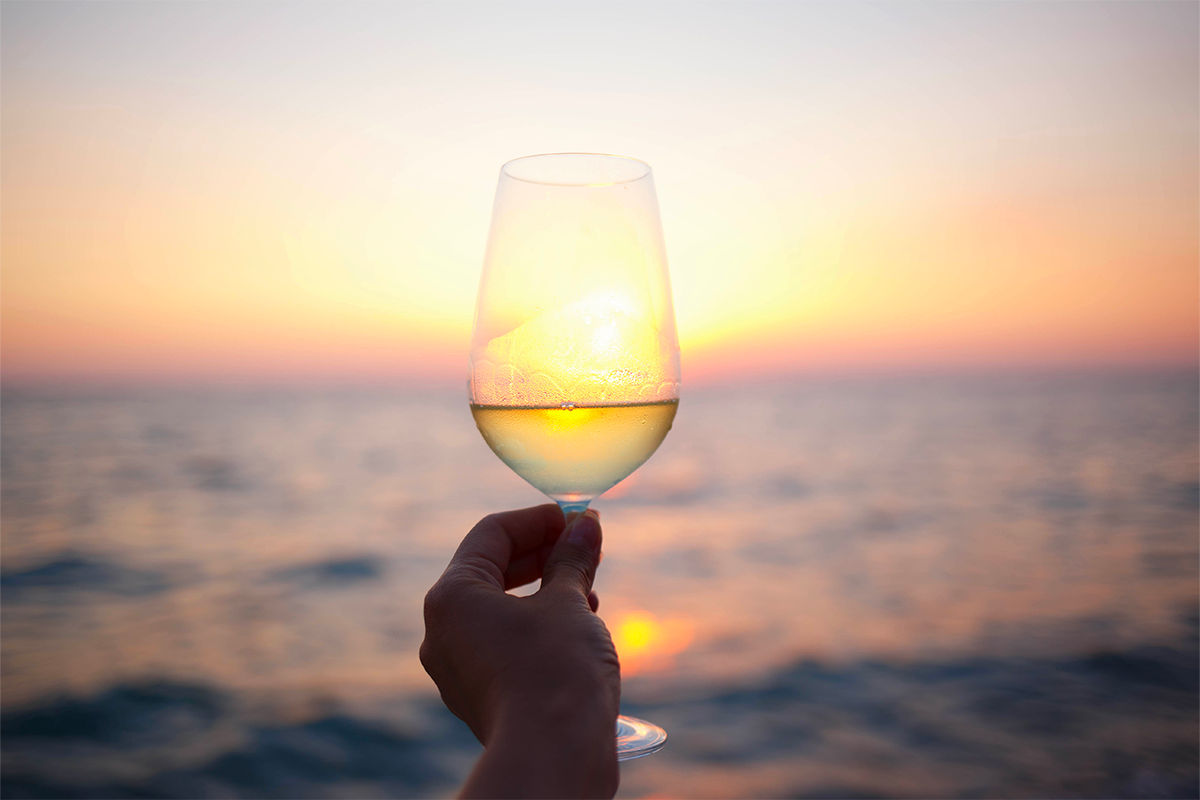Champagne is a wine. Better still, it is the best of all wines. Its effervescence puts all its consumers in agreement. It is even said that the finer the bubbles, the better the quality of the bottle. Indeed, the perception by the palate is more gustatory. But where does the effervescence of champagne come from? Otherwise, what is the origin of the bubbles?
A little clarification on the appellation champagne
Champagne is a word that designates several things. First of all, it is a vast wine region located on the French territory.
Three main grape varieties are grown in this region: Chardonnay, Pinot Noir and Pinot Meunier. In terms of area, these vineyards occupy a surface of 33,000 hectares. More precisely, they are located in the department of Marne and Aube. This vineyard is called champagne, but includes many other appellations such as Bouzy, Rosé des Riceys and coteaux champenois.
Champagne designates an appellation, a region and a drink. This one is obviously produced in the Champagne region. The grape varieties used in its composition are those mentioned above: pinot noir, chardonnay and pinot meunier. Today, other minority grape varieties are included in its composition. They are arcanne, fromentaux, pinot blanc.
The making of champagne
After the harvest, each grape variety is pressed and vinified. Each parcel of land (the grand crus, the anonymous parcels, the premier crus) is examined with a fine-tooth comb. In the vineyards there are cellars in which still wines are made.
Champagne is a wine made by blending several wines. Different grape varieties are used, from different plots or not. Finally, it should be remembered that these wines all have different years. Thus, the vast majority of champagnes are not vintage. After blending, the mixture is bottled. This means that the production of champagne follows the different stages of production of a normal wine: harvesting, fermentation, bottling and finally blending.
The appearance of bubbles
This is what completely differentiates champagne from other wines. Indeed, there is a second fermentation. A liqueur de tirage is added. It is usually a mixture of yeast and sugar. After that, the bottle is sealed and put in storage.
Once in contact with the yeast, the sugar is transformed into alcohol. This in turn will be transformed into carbon dioxide which remains trapped in the bottle. This finally produces bubbles. In order for this gas from the alcoholic fermentation to be produced, the bottles must be kept tightly closed. The CO2 is then trapped in the drink and under the cork. The CO2 accumulates as long as the bottle remains closed, which increases the pressure.
It is this phenomenon that explains the sensational little explosion you hear when you open the bottle.
And what happens to the yeast?
After having transformed the sugar into alcohol, the dead yeasts settle at the bottom of the bottle. It is very difficult to remove them, but human ingenuity has once again taken over. Thanks to innovative techniques, the cellarman is able to remove them. At first, this was done manually, but it was not without loss, because sometimes the liquid comes out and the bottle loses pressure.
But with the advent of gyropalettes and liquid nitrogen pools, it has become easier. To use these, the neck of the bottle (only a few centimeters) must be dipped into the pool to immobilize the deposit and expel it. Then, a shipping liquor is added, still called the dosage. The bottle is closed and sealed.
When do the bubbles appear?
Take a bottle of champagne and look carefully. You will see that the bubbles are hardly noticeable in the bottle. The gas is present, but swimming in the liquid. It is only when the bottle is opened and the drink is served that the bubbles gather at the surface. These bubbles are like a flavor enhancer, as they become loaded with flavor once the cork pops. Let’s face it, these bubbles are what make champagne so special, because without them, the drink wouldn’t be so luscious.
Now, why do bubbles always appear in our glass?
Simply because they are formed from impurities in the glass (scale, lime, rag fiber, etc.). It is these impurities that trap the carbon dioxide and gather the gas into bubbles. The direct deduction is that if a glass is 100% clean, you will not see any bubbles if you pour champagne into it. Surprising as it may seem, this fact is verified. This is why you should not only focus on the effervescence to judge the quality of a bottle of champagne.
Champagne is a wine because it is basically made from the fruit of a vine. But it is because of the different manufacturing methods followed and the final result that it gets its effervescence. This is why we can safely say that it is an effervescent wine.
